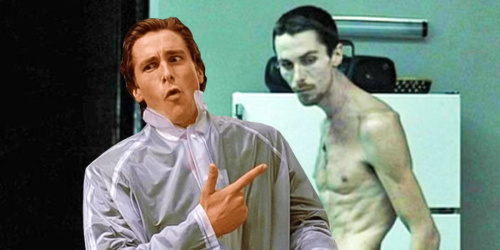The Art of the Movie Trailer: Why Some Go Viral and Others Flop

Although movie trailers usually last no more than two and a half minutes, they carry the important mission of presenting a film to the world. As one of the core tools in film marketing, trailers have evolved from being mere add-ons for cinema audiences to an independent visual art form—and even a key factor in a film’s success or failure.
In today’s film industry, trailers are no longer just simple promotional snippets. They are now one of the primary methods for generating buzz and maintaining public attention. Like movie posters, trailers serve as the most direct communication bridge between filmmakers and potential audiences. For viewers, a movie is a cultural product that requires payment before consumption, which makes their expectations of quality before watching especially crucial. These expectations are, to a large extent, shaped by the trailer.
A good trailer can quickly convey the film’s style, themes, and appeal through clever editing, captivating visuals, and perfectly timed pacing. It often follows the classic three-act structure: the first act introduces the world and main characters, setting up the basic context; the second and third acts gradually build toward the climax, showcasing exciting scenes and emotional intensity to pique the viewer's interest.
However, the art of the trailer also lies in what it leaves out. It must provide enough information to attract viewers, yet avoid revealing too much of the plot, so as not to ruin the freshness and suspense of the film. A successful trailer knows how to "tease"—using subtle hints and unresolved mysteries to stir the audience’s imagination and curiosity, compelling them to enter the theater in search of answers.
On the flip side, unsuccessful trailers often fall into two extremes: they are either too bland, failing to highlight the movie’s strengths, or they give away too much—spoiling the climax or key twists just for the sake of a flashy moment, which ultimately weakens the viewing experience. If a trailer fails to accurately convey the film's unique charm—or worse, misleads the audience—it can lead to poor word-of-mouth and even box office disappointment.
Creating a trailer is not only an art, but also a meticulous business operation. It requires the creators to balance aesthetic expression with market demands within a limited time frame, capturing the film’s tone, understanding audience psychology, and maximizing its promotional impact. Because of this dual nature, the craft of making trailers is never to be underestimated.
On the battlefield of movie marketing, trailers are often the front-line “assault troops.” Whether they succeed largely determines the audience’s first impression and influences whether a film can stand out in a fiercely competitive market. In short, the success or failure of a trailer reveals a precise understanding of audience psychology and represents a subtle fusion of cinematic artistry and commercial strategy.
RECOMMEND FO YOU



